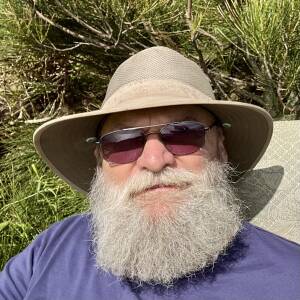Digital SLR Pinhole Camera Experiment No. 1
(i.e. this is about all I got done today.)
How to build a Digital SLR Pinhole Camera:
Materials:
1.) Cheap replacement body cap, or two
2.) Throw-away thin aluminum cooking pie tin or pan
3.) Scissors
4.) Electrical tape
5.) Sharp sewing needle or pin
6.) Electric drill
7.) Lightbox or light source
8.) Loupe or magnifying glass
Method:
1.) Drill a 7mm hole in the center of the body cap
2.) Cut an aluminum square from the pie tin about 2 cm size
3.) With the needle or pin drill the tiniest hole in the center of the aluminum square
4.) With the aluninum/pinhole on a light source, inspect with loupe or magnifying glass
5.) Make pinhole as perfectly round and smooth and small as you can
6.) Tape the aluminum square with the pinhole to the back of the body cap with the pinhole in the center of the body cap hole
7.) Place the body cap on the camera body
Considerations:
It is vitally important to get the pinhole as perfectly round and smooth as you can. I spun the needle from one side, then the other to form smooth margins on the pinhole. Some use extremely fine sandpaper to smooth the opposite side as the puncture to get rid of the rough edges of the pinhole.
Try not to get junk onto the ccd plate when fooling with all of this stuff.
Application:
The shot above is with one of the larger of several pinholes I made, ISO 100, 5 secs, so could easily get to ISO 400, 1-2 secs. It was the sharpest and fastest.
The subjects you shoot need a lot of light!
Other smaller pinholes required 4 times the light, yet the smaller size did not improve the image quality.
There's a lot of physics here that I do not understand yet. The size of the pinhole is critical. Using a digital SLR is difficult because of the very short distance from the pinhole to the ccd. High image quality pinhole cameras have a lot of distance from pinhole to image receiver or film. For a digital SLR, the teeniest pinhole would be best but there is a limit to the small size of the pinhole. With the teeniest pinhole light is refracted around the edges of the pinhole and actually blur the image.
So, the image above is not perfect, but it has not been photoshopped, and it's only a pinhole in a pie tin... alot less expensive than any lens you could buy, and it's just the first experiment. I am going to try to determine the best distance from the ccd and try to improve upon the pinhole itself... more to follow.
Oh, btw: Happy Summer Solstice!
- 0
- 0

Comments
Sign in or get an account to comment.


